By Richard A. Gabriel
The American military has been engaged almost continually in combat operations for the last 22 years. During this period, the United States has conducted combat operations in Iraq (1990-1991), Somalia (1992-1993), Iraq (2003-2012), and Afghanistan (2001-2021). Casualties in all these conflicts have been light by historical standards. In the First Gulf War, 382 soldiers died, but only 147 of them, or 38 percent, were killed in combat. In Somalia, 31 American soldiers were killed and fewer than 200 wounded. Nine years of insurgency warfare in Iraq cost 3,480 deaths by hostile fire and 31,931 wounded; 928 soldiers died in accidents or from disease. During 10 years of war in Afghanistan, U.S. forces have suffered 1,227 dead, 11,411 wounded, and 253 dead due to disease and nonhostile causes.
Of the 5,684 soldiers in Iraq and Afghanistan who suffered major limb injuries, 1,600 of them underwent amputations. The injured-to-amputation rate for both wars (7.4 percent) was approximately the same as in Vietnam (8 percent). The traumatic limb injuries suffered in Iraq and Afghanistan were often worse than those in Vietnam, however, combining penetrating, blunt trauma, and burn injuries with contamination by dirt, clothing, and bone. Some 156 soldiers have been left blind by battle injuries in the two wars, and more than 177,000 have suffered hearing loss. Two hundred casualties were so badly disfigured that they required face transplants.
Casualties were moderately heavy in only a couple of battles, Mogadishu and Fallujah. Unlike previous American wars, field medical facilities were never overwhelmed by the volume of casualties. In World War II, 22.8 percent of the wounded died; in Vietnam that number was 16.5 percent. Taking the Iraq and Afghanistan wars together, 8.8 percent of the wounded died. The excellent performance of medical disease-control teams and general field hygiene prevented deaths from disease in all the recent conflicts. In Somalia, for example, where endemic disease and contagion profiles were high, the health of American troops remained excellent. The weekly disease and non-battle injury rate was approximately 11.5 percent, with only 0.5 percent requiring hospitalization. Only 72 cases of malaria were recorded, and heat strokes were minimal.
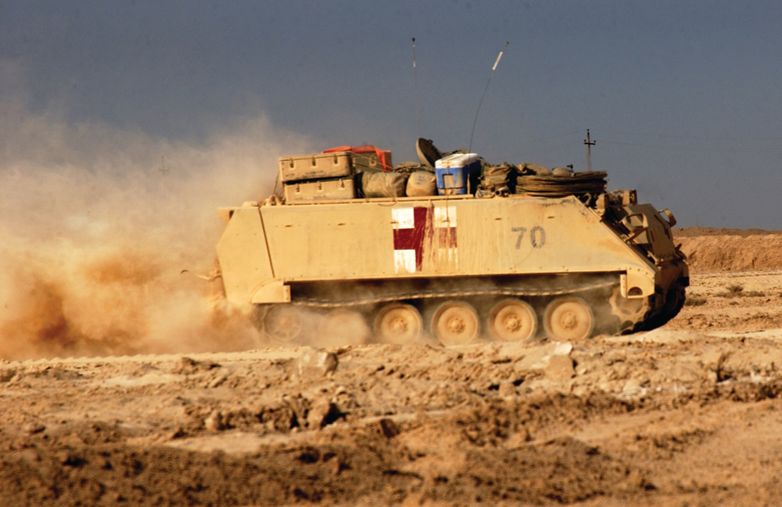
Before the Gulf War, the U.S. Army was medically configured to deal with casualties expected to occur in a large-scale conventional conflict. In 1998, the U.S. military undertook a reevaluation of its military medical practices, taking into consideration its experience in both Iraq and Afghanistan. The result was a revised medical doctrine called Tactical Combat Casualty Care that instituted changes in medical practices for treating casualties in low-intensity tactical environments. Casualty statistics revealed that the most common killers of the wounded were shock and bleeding. Renewed emphasis was placed on stopping bleeding quickly and reversing blood loss. Recognizing that non-medics should be trained in additional medical skills, the military established the Combat Lifesaver Program in which selected soldiers were trained in skills needed to keep the wounded alive: performing needle thoracostomy (an incision in the chest wall to drain fluid or abnormal accumulation of air), starting an intravenous line, fluid resuscitation, and traction splinting. American soldiers were issued improved first aid kits that contained combat gauze, a tourniquet, and a nasopharyngeal airway for stopping hemorrhage and overcoming airway difficulties, both frequent causes of death on the battlefield.
The impetus for reevaluating field medical practices came from the American experience in the Battle of Mogadishu in 1993. That engagement involved 170 soldiers in a 15-hour urban battle with guerrillas. In the battle, 100 U.S. troops were wounded and 14 died on the battlefield; another four died later in the hospital. Additional experience in Iraq and Afghanistan showed that more soldiers were being wounded relative to the number killed in action. This meant that although the overall casualty rates were low, the number of wounded that required medical attention was relatively high compared to other wars. In World War II, U.S. forces suffered 1.6 wounded for every soldier killed. In Vietnam, the ratio was 2.8 wounded for each soldier killed. In Iraq and Afghanistan, the ratio was 16 soldiers wounded for each soldier killed.
Among the most important changes in field medicine was the extensive use of tourniquets. The tourniquet had been used in American armies since the Civil War and was used extensively in World War I. However, it acquired a reputation as dangerous when misused. Over-tightening, delays in reaching medical treatment, and failure to remove the tourniquet caused severe tissue damage and necrosis. Eventually, the tourniquet fell out of favor. At the start of the Iraq War, U.S. combat medics did not even carry tourniquets in their medical kits and had no longer been trained in their use. Nonetheless, the tourniquet proved especially useful for blast injuries where damage to the extremities caused massive bleeding. A severed femoral artery, for example, will cause a person to bleed to death in seven minutes. Newly designed tourniquets equalize the force distributed across the pressure strap to prevent tissue damage and can be applied with one hand by the wounded soldier himself. Today, every American soldier carries a tourniquet in his medical pack, and medics carry a half dozen for immediate use. Soldiers commonly wrap tourniquets loosely around their arms and legs for quick use in the event they are wounded. Use of the tourniquet in Iraq and Afghanistan has saved an estimated 2,000 lives.
The new focus on preventing shock has led to changes in the way in which casualties are medically assessed. Medics had been trained since World War II to prevent shock by keeping the casualty’s blood pressure up and administering intravenous fluids. The IV bottle hung from a pole became part of the standard tableau of military medical treatment through Vietnam. This procedure continued in Iraq and Afghanistan, even though it was known that raising blood pressure was dangerous and caused clots to dislodge and start bleeding again. Medics are now trained to assess the casualty’s blood pressure by pulse and not worry about low blood pressure. Gone, too, is the IV bottle. Medics now carry a capped catheter that can push fluids into a vein if the soldier goes into severe shock.
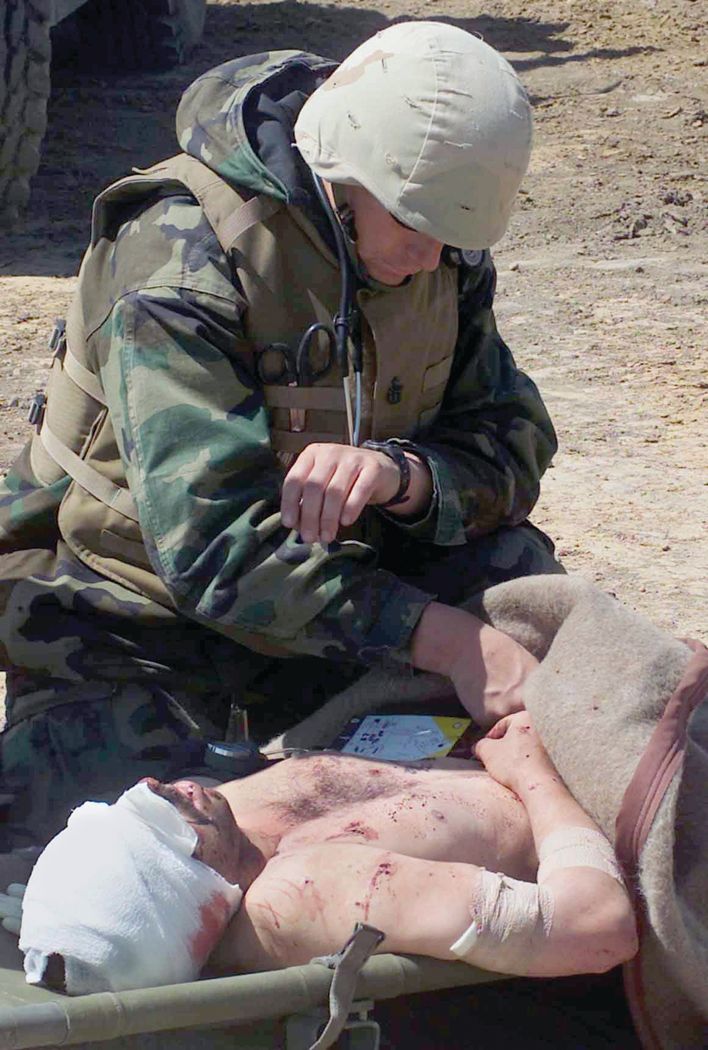
The widespread use of the kevlar battle jacket has greatly reduced bullet wounds to the chest and thorax. Many casualties now present with wounds to the neck, groin, or abdomen, and one-quarter of battlefield injuries requiring evacuation include wounds to the face or jaw, all locations where tourniquets cannot be used. An army study of potentially survivable wounded in Iraq showed that 80 percent died of hemorrhage, 70 percent of the time from wounds in locations where tourniquets could not be used to stop bleeding. This led the military to search for effective hemostatic clotting agents to treat these wounds. In 2007, the military approved the use of two such agents, QuikClot and Hemcon, to be carried by medics. Since then, a new technology called Combat Gauze has also come into use. Combat gauze is a fabric bandage impregnated with kaolin, a powdered clay that stimulates blood-clotting and has proved more effective than other clot-forming powders that often were washed away by bleeding. Combat gauze has a shelf-life of 36 months, making it easy to store and transport.
The almost magical power of whole blood to revive trauma patients had been recognized as early as World War I. Once scientists learned to separate blood’s components into more easily stored and longer lasting red cells, plasma, and platelets, the use of whole blood for transfusions waned. This led to the widespread use of IV fluid mixed with red blood cells that, in many cases, produced more extensive bleeding. There was no blood bank available during the Battle of Fallujah in Iraq in 2004, and dozens of casualties were treated on the battlefield with whole blood drawn from fellow soldiers. All of the transfused casualties survived to be evacuated. A subsequent study found that casualties who received whole blood had a survival rate nearly nine times greater than those who had been transfused with red blood cells and IV fluid. In addition to restoring clotting and reducing multiple organ failure, whole blood reduced the risk of acute respiratory failure, a condition first recognized in Vietnam as “Da Nang lung.” It is now standard practice to transfuse the wounded with whole blood whenever possible, and to use blood that is less than 21 days old.
The Tactical Combat Casualty Program also recommended the use of prophylactic antibiotics, to be applied immediately to the wounded. In Mogadishu, the delayed evacuation of casualties often resulted in the rapid infection of battle wounds due to contamination by dirt, shrapnel, clothing, and the general bacteriological environment of the area. Infected wounds were also a problem in Iraq. Casualties evacuated from Iraq to stateside hospitals often had wounds infected by multi-drug-resistant Acinetobacter baumanii. Combat medics are also equipped with more effective pain-controlling analgesics for use on the battlefield. Morphine and Fentanyl, the traditional analgesics, are cardiorespiratory depressants and potentially dangerous. New drugs such as Intranasal or IV ketamine do not depress breathing or heart rate.
Both the Afghanistan and Iraq wars initially produced high rates of eye-damaging and blinding injuries. Soldiers had been issued eye protection goggles but refused to wear them because, as one soldier remarked, “they look like something a Florida senior citizen would wear.” The military bowed to fashion and issued new ballistic eye wear, and the rate of eye injuries decreased markedly in both operational theaters.
Evacuation of casualties from the battlefield was done in both theaters mostly by medevac helicopters whose on-board medical teams were trained to prevent shock and stop bleeding, stabilizing the casualty while he or she was being transported to a medical facility. In Vietnam, only 2.4 percent of the wounded who were alive when they reached a field hospital died of their wounds. This meant that despite helicopter evacuation most deaths occurred before the wounded soldier made it to surgical care. There is now increased emphasis on keeping the wounded alive in transport helicopters by reducing bleeding and shock. Another innovation was to move surgical teams and facilities closer to the battle area and make them more mobile to shorten the time between wounds and surgical care. The result has been that most wounded in Iraq and Afghanistan were reached by a helicopter and medic within 40 minutes of being wounded.
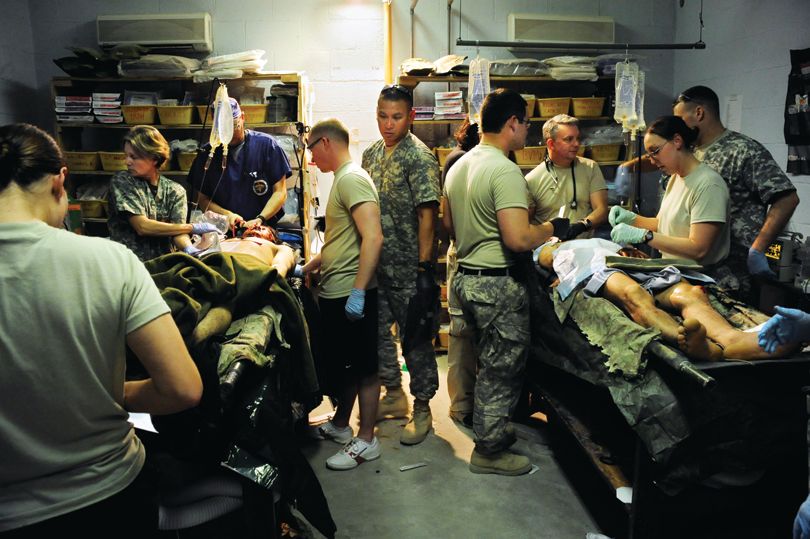
The Army has 120 general surgeons on active duty and a similar number in the reserves, with 30-50 general surgeons and 10-15 orthopedic surgeons in each theater of war. Most of the surgeons serve in Forward Surgical Teams (FSTs) consisting of 20 people: three general surgeons, one orthopedic surgeon, two nurse anesthetists, three nurses, plus a collection of medics and other support personnel. Each FST is equipped to move directly behind the troops and set up a functioning surgical hospital with four ventilator-equipped beds and two operating tables within 60 minutes. The team travels in six Humvees and carries three lightweight Deployable Rapid Assembly Shelter tents that can be attached to one another to form a 900- square-foot medical facility.
Supplies to resuscitate and operate on the wounded come in five backpacks: an ICU pack, a surgical-technician pack, an anesthesia pack, a general surgery pack, and an orthopedic pack. These packs contain sterile instruments, anesthesia equipment, medicines, drapes, gowns, catheters, and a handheld unit that allows clinicians to obtain a hemogram and measure electrolytes or blood gases using only a single drop of blood. The FTSs also carry a small ultrasound machine, portable monitors, transport ventilators, an oxygen concentrator, 20 units of packed red cells, and six roll-up stretchers with litter stands. The FST has sufficient supplies to perform surgery on as many as 30 wounded soldiers. They are not equipped, however, for more than six hours of postoperative intensive care.
The surgical strategy of the FST is to stabilize and control the patient’s damage, not to undertake definitive repair unless it can be done quickly. The goal is to stop bleeding, prevent shock, and control contamination without allowing the patient to lose body temperature or become coalgulopathic, a condition in which the blood’s ability to clot is impaired. The surgeons try to limit surgery to two hours or less and then ship the patient to the next level of care at a Combat Support Hospital (CSH). The Combat Support Hospital is equipped with 248 beds, six operating tables, specialty surgical services, and radiology and laboratory facilities. These hospitals are mobile and arrive in modular units by air, tractor-trailer or ship. They can be set up to function fully within 24 to 48 hours. Even at the CHS, the goal is not definitive repair. The maximum stay is intended to be no longer than three days.
Any soldier who requires more than this is transferred to a Level IV hospital. If treatment is expected to take more than 30 days, the wounded soldier is transferred to a medical facility in the United States. The system required retraining of surgeons who, instead of transferring their patients, had the caregiver’s natural tendency to hold onto patients at whatever level they were being treated. During the Vietnam War, it took a wounded soldier 45 days to make the journey home .In the early days of the Iraq War, a wounded soldier required an average of eight days to go from battlefield to a stateside hospital. Travel time is now less than four days.
The Iraq and Afghanistan wars have become notorious for the number of soldiers suffering brain damage from explosive devices. Fully 20 percent of the wounded have suffered some form of brain trauma. Thousands of other brain injuries have remained undiagnosed. Dr. Stephen Xenakis of the Psychiatric Institute in Washington, D.C., has observed that beyond the 1,000 or so cases of major brain trauma there are thousands of other soldiers who have suffered concussions and temporary loss of consciousness, memory, and hearing from blasts. “You have literally hundreds of thousands of troops who’ve been exposed to blast, maybe repeatedly,” notes Xenakis. “We don’t know the long-term effect on these soldiers. That’s the big worry.”
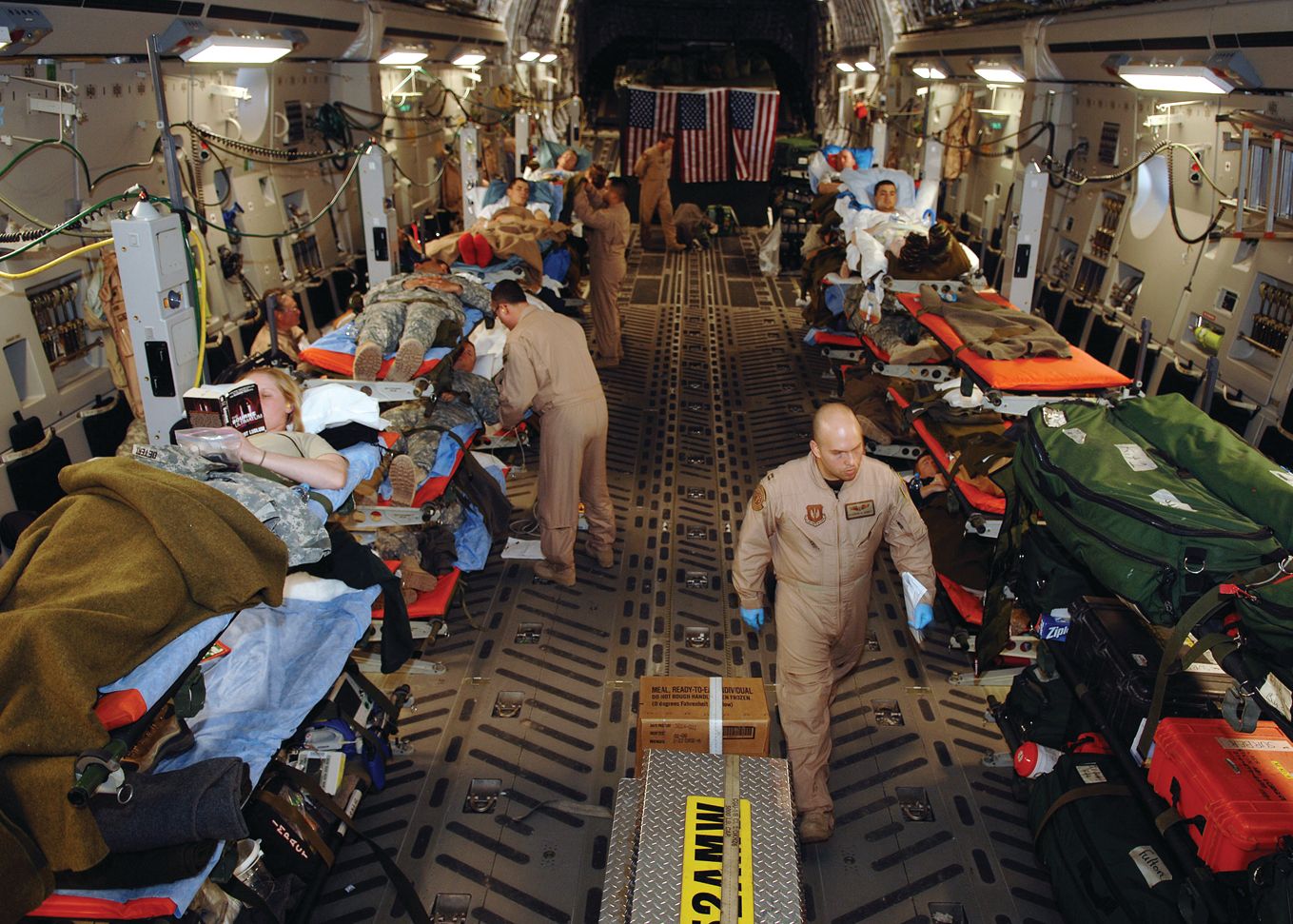
Of great concern is the 30 percent of soldiers who have developed Post-Traumatic Stress Disorder (PTSD) within a few months of returning home from combat theaters. The symptoms of PTSD are remarkably similar to those associated with mild brain injury: confusion, depression, irritability, rage, and fatigue. When PTSD was first diagnosed during World War I, it was called shell shock and was thought to have been caused by explosive concussions that produced micro-bleeding in the brain. Russian and
German neurologists performed dozens of autopsies in search of the physical evidence of micro-damage, with little success. American and British military psychiatrists rejected the biological explanations of the Russians and Germans, opting instead for psychological explanations. Now it turns out that the Russians and Germans might have been right all along.
To explain the high rates of PTSD among American soldiers, psychiatrists have turned to a new theory that bears a strong resemblance to the original shell shock explanations of World War I. The new theory suggests that the over-pressure from an explosive shock wave traveling thousands of feet per second creates microscopic gas bubbles in the brain that then pop, leaving tiny cavities that never heal. The result is brain damage that produces PTSD symptoms similar to minor brain damage acquired through other causes. The great fear is that these injuries may have affected hundreds of thousands of soldiers who were exposed to blasts but who were never counted among the wounded because they did not show immediate symptoms of injury. Among these are more than 350,000 veterans who report suffering from tinnitus, a constant noise or ringing in the ears. Over the opposition of the American Psychological Association, the Pentagon wants to medically reclassify PTSD as an injury instead of a psychological disorder.
Prior to Afghanistan and Iraq, the Pentagon had greatly reduced its funding for brain injury research by almost 50 percent. In 2007, however, the military reversed its decision and once more began to budget money to study brain injuries. All returning soldiers are now screened after three to six months for undetected brain injury. In 2010 alone, some 200,000 American soldiers sought mental health counseling for post-traumatic stress related disorders. In 2011, that number increased to 280,000. By 2012, 45 percent of war veterans had filed claims for war-related disabilities, a rate four times greater than in World War II.
One positive consequence of war is its tendency to spur medical innovation. The wars in Iraq and Afghanistan have prompted major medical innovations in four important areas: prosthetic devices for amputees, advances in brain surgery and rehabilitation therapies, cosmetic surgical techniques for repairing facial disfigurement, and the use of transplanted and artificial skin to deal with severe burn injuries. These innovations will eventually make their way into civilian medical practice, to the benefit of the larger population. If the past is any guide, however, the cost in human suffering is likely to be forgotten—except by the sufferers, their families and caregivers. They do not have that luxury.
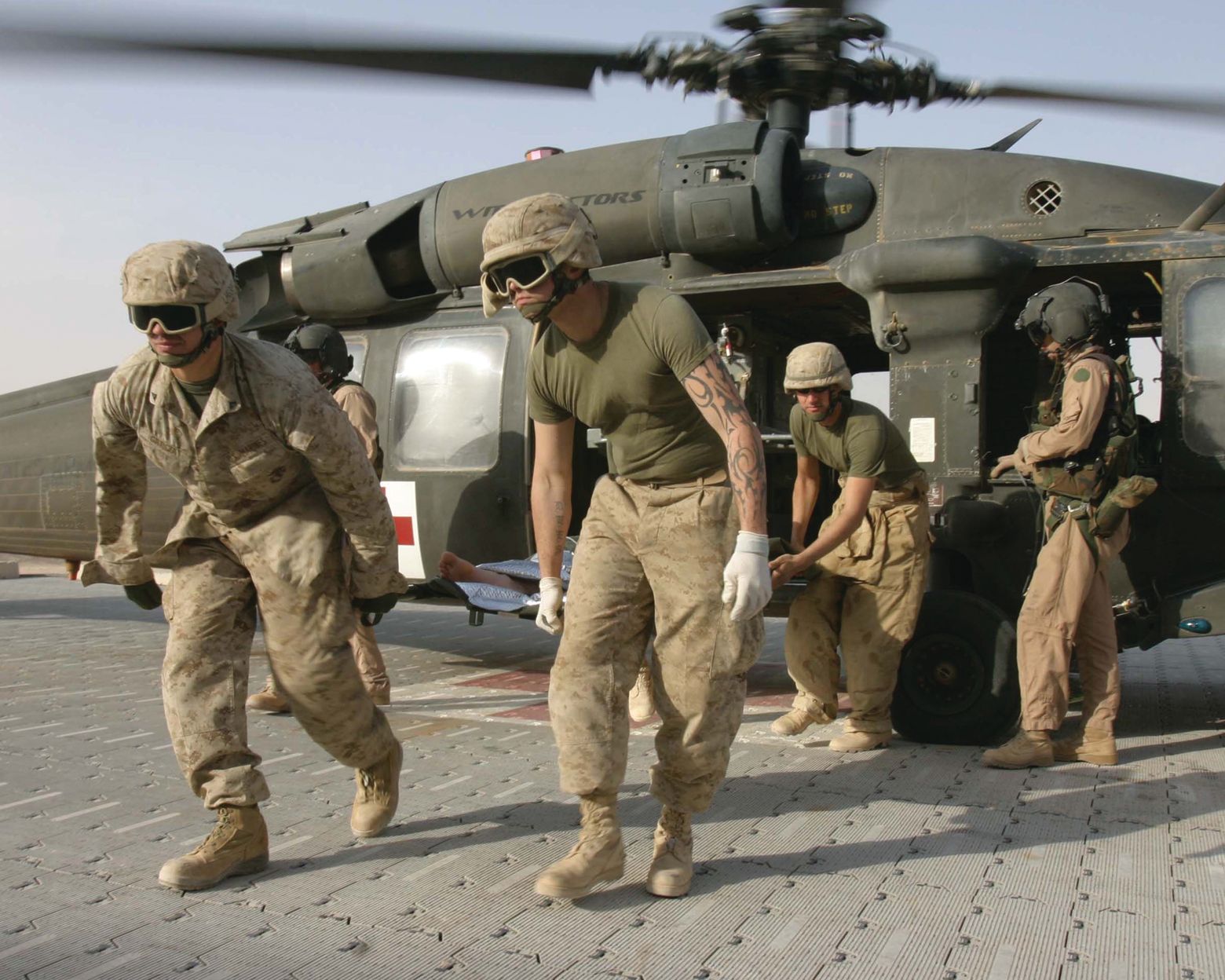

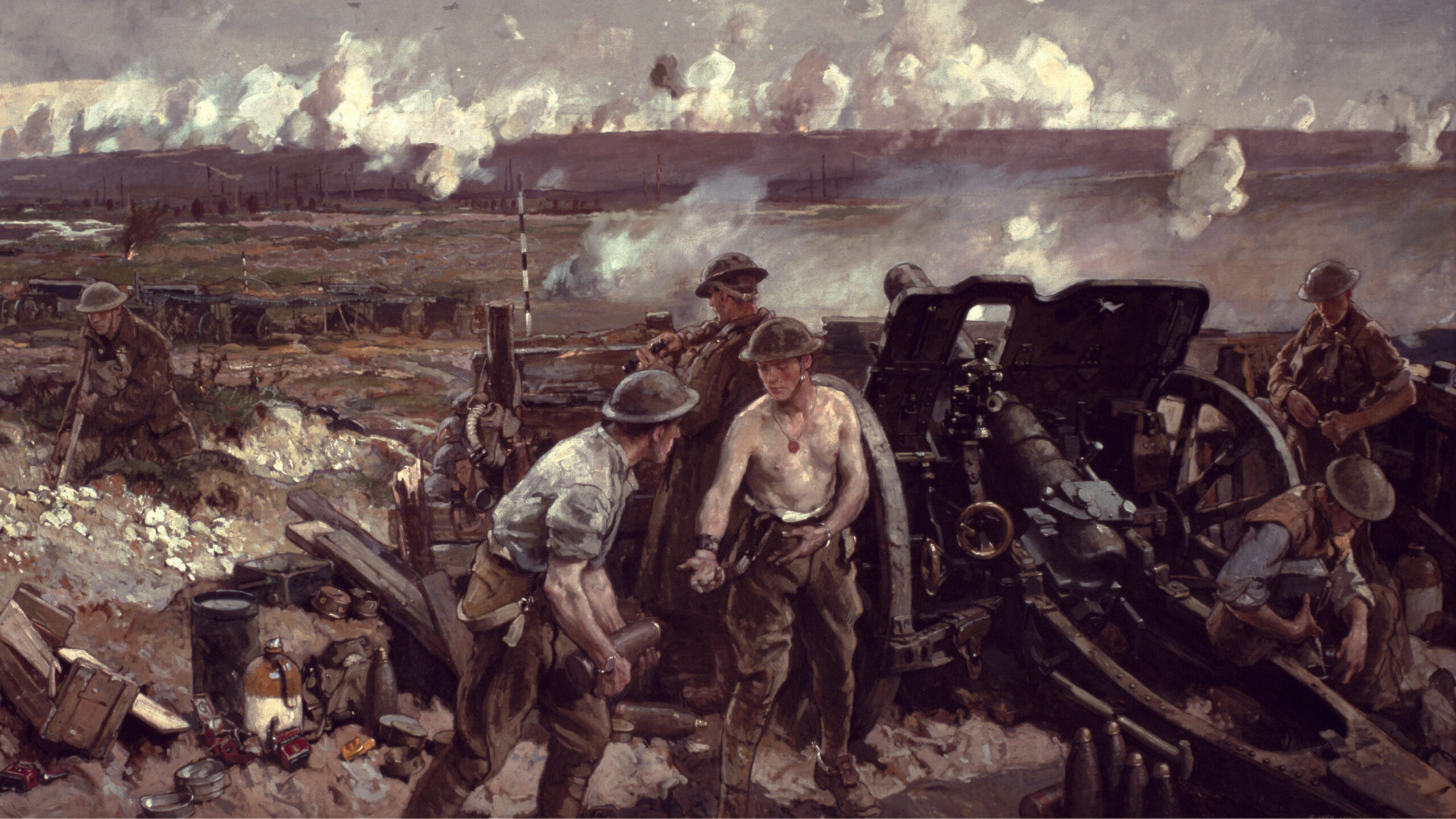

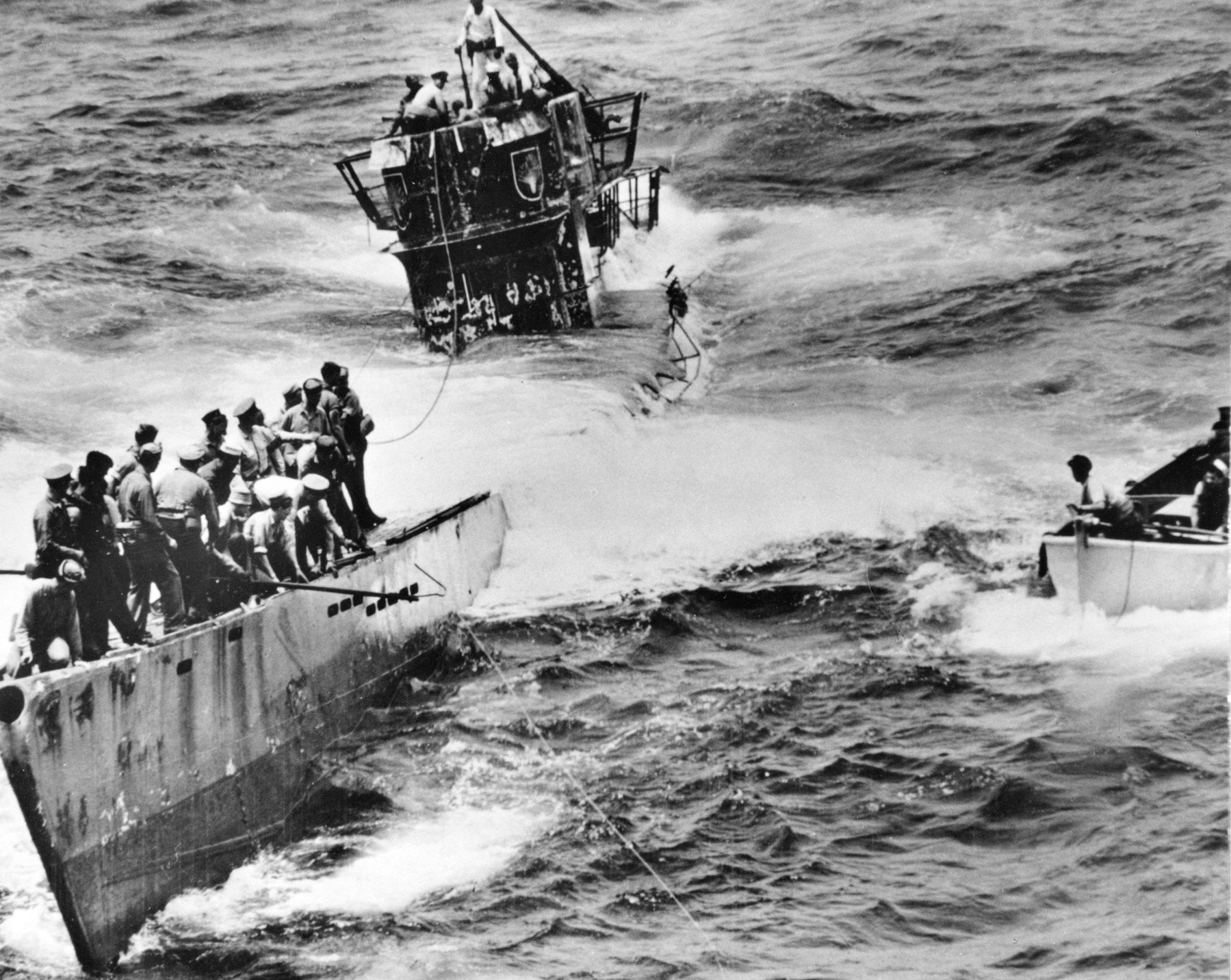

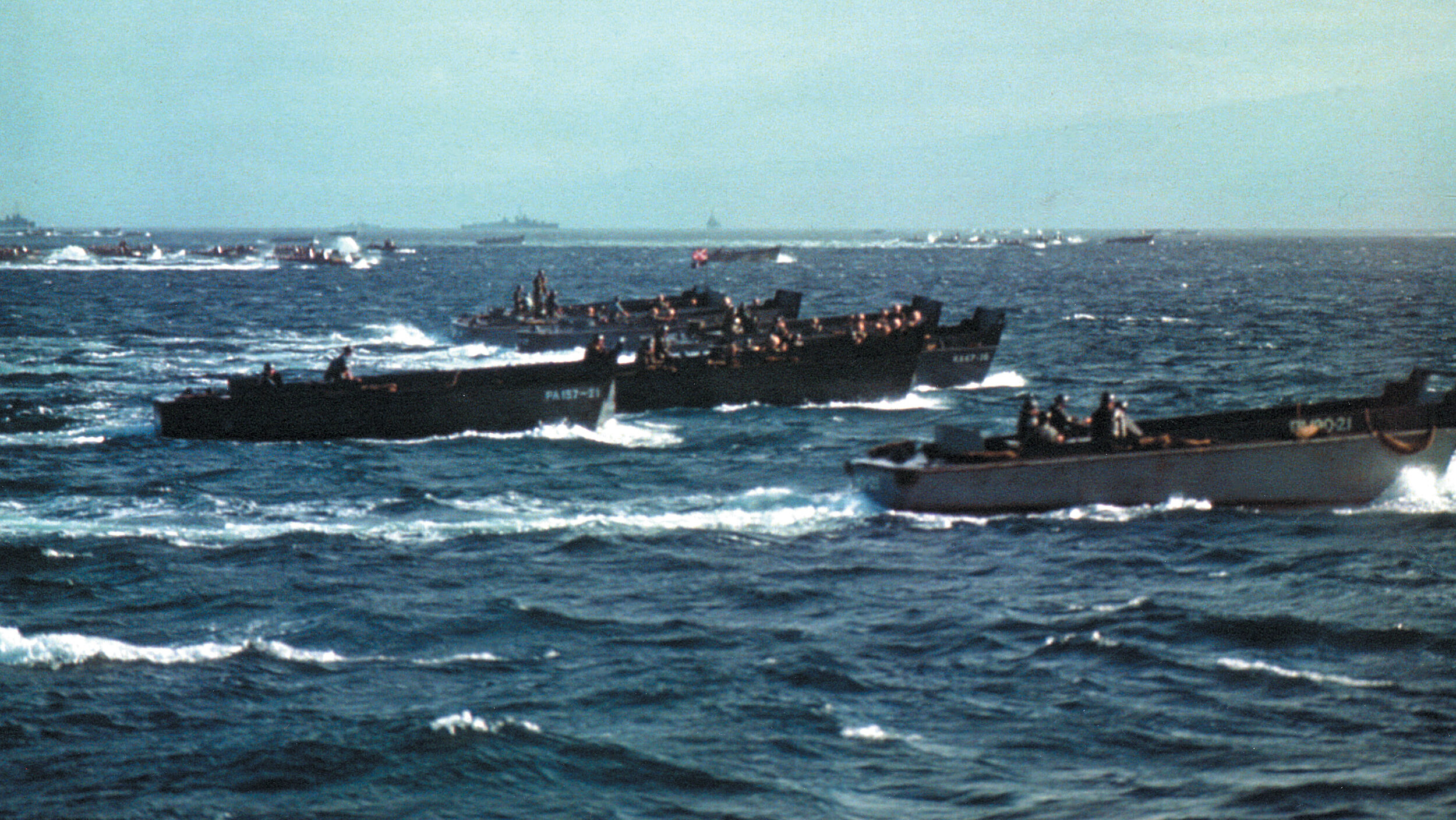
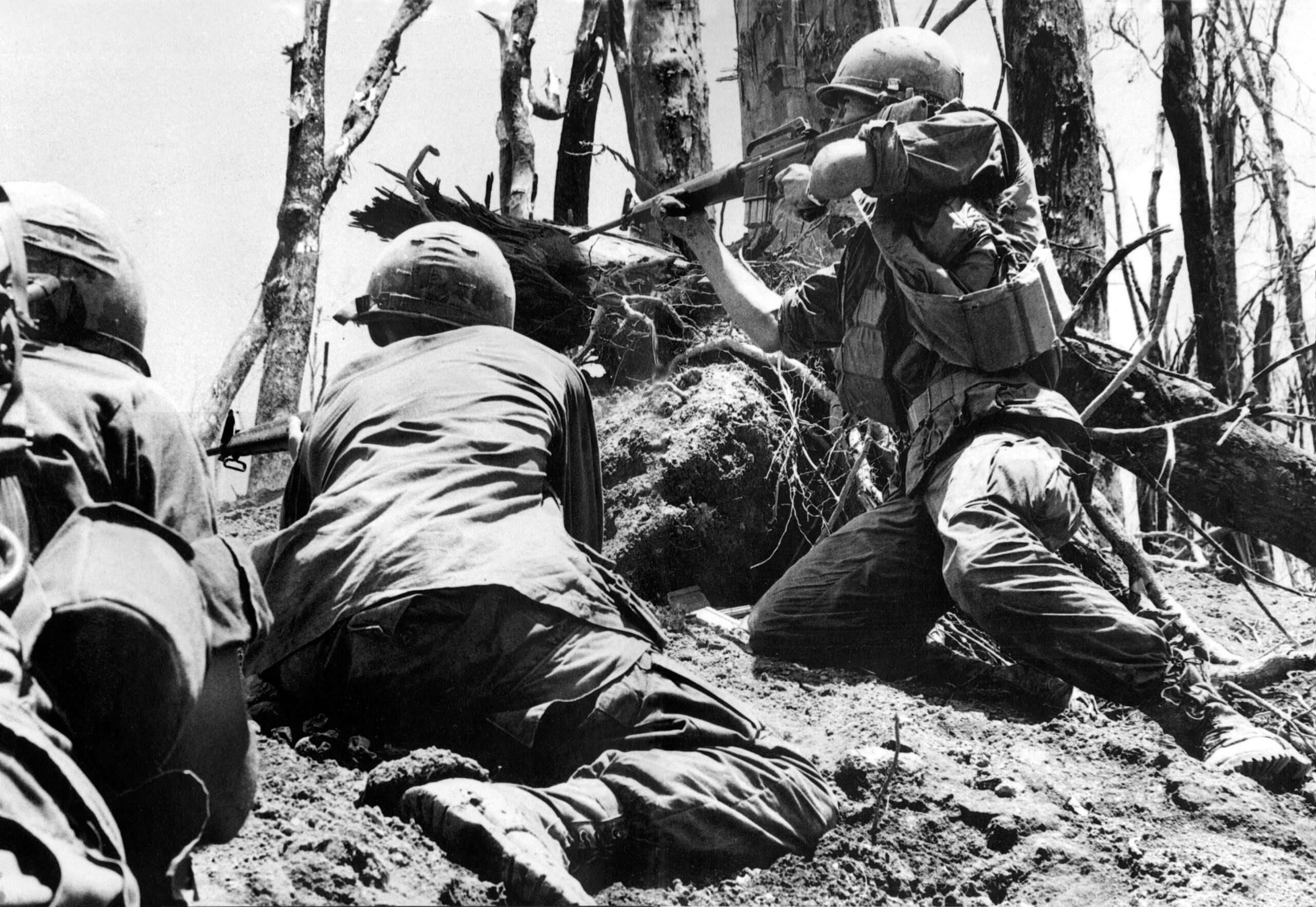
Join The Conversation
Comments
View All Comments